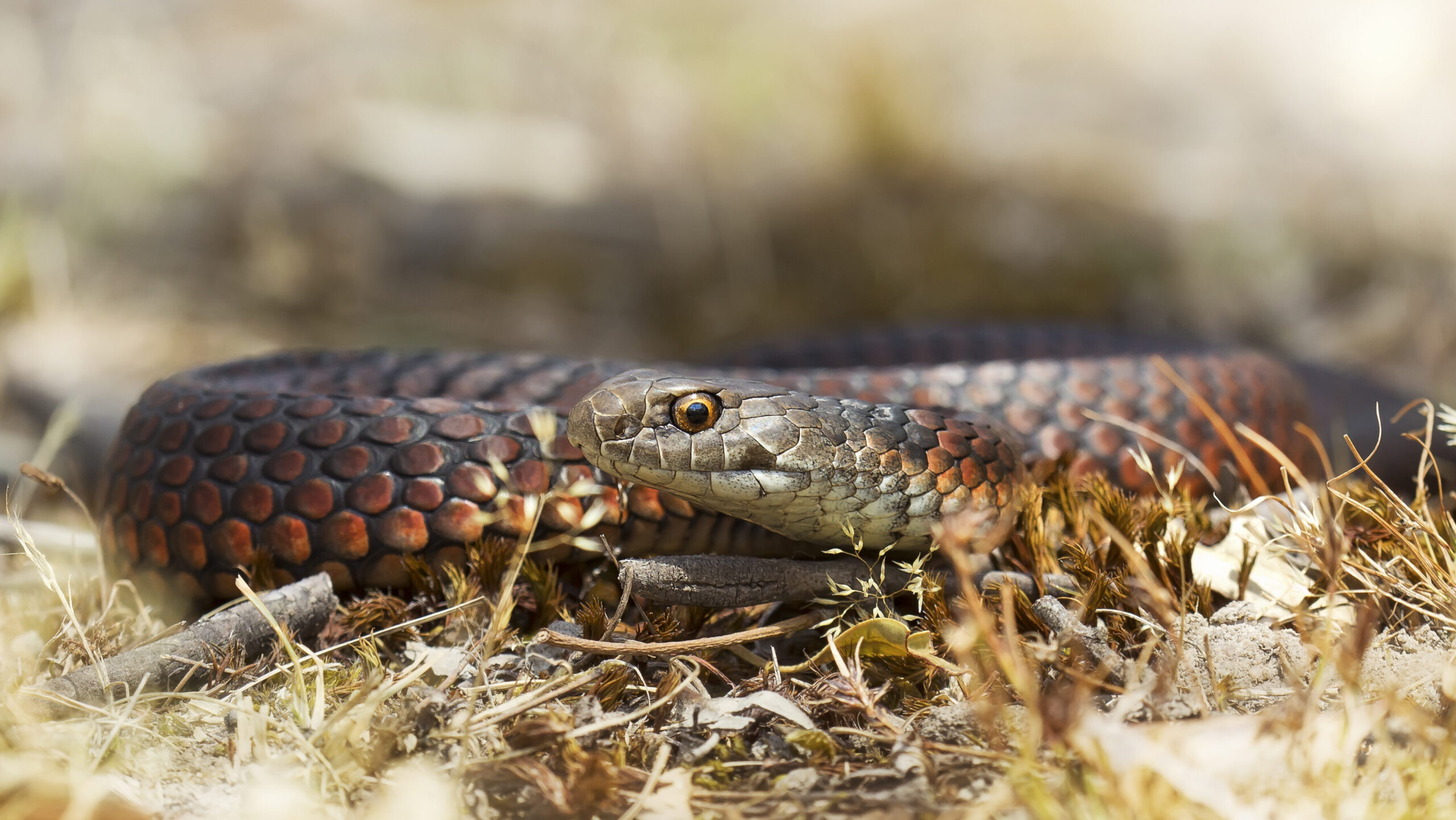Introduction
When it involves the fascinating globe of snakes, few varieties capture the creative imagination rather like the infant tiger serpent. Understood for their unique pigmentation and powerful poison, these snakes are an indispensable part of Australia's distinct ecosystem. In this extensive post, we will certainly explore various facets of child tiger serpents, including their habits, habitat, and how to securely interact with them. tasmanian tiger snake Whether you're a wild animals lover or just interested regarding these creatures, understanding baby tiger snakes can help foster a much deeper gratitude for nature.
Baby Tiger Snakes: What You Need to Know About Their Habits and Habitat
What Are Child Tiger Snakes?
Baby tiger snakes are adolescent types of the very venomous species recognized clinically as Notechis scutatus These snakes are primarily located in coastal areas of Australia, specifically in Tasmania and southern Victoria. As they expand, their pigmentation adjustments from an extra muted scheme to the particular yellow and black bands that provide their name.
One noteworthy aspect of infant tiger serpents is their size; hatchlings generally determine around 25-30 centimeters in size. In spite of their tiny stature, they possess a surprising amount of poison that can be damaging to humans if bitten.
Physical Characteristics
Tiger snakes different types of snakes possess several key physical attributes:

- Coloration: The unique banding pattern frequently becomes extra obvious as they mature. Size: Adults can reach lengths of approximately 2 meters. Body Shape: They have a robust body that aids in swimming and earthbound movement.
Where Do Baby Tiger Snakes Live? Comprehending Their Habitat
Understanding the habitat preferences of baby tiger serpents is crucial You can find out more for both conservation initiatives and public safety and security. These serpents prosper in various settings:
- Wetlands: Marshes and swamps give enough hunting grounds. Coastal Regions: Frequently located near beaches where they can quest for prey. Woodlands: Dense vegetation provides cover from predators.
Geographical Distribution
Tiger serpents are mainly found along Australia's southern coastline, consisting of:
- Tasmania: Home to one of the most well-known populations. Victoria: Specifically in areas near water bodies.
Are Tiger Snakes Venomous? A Deep Study Their Venom
One typical question develops when going over child tiger serpents: "Are tiger serpents venomous?" The response is an unquestionable yes!
Venom Composition
The poison of tiger snakes has neurotoxins that can create paralysis, coagulopathy (blood clotting issues), and potentially fatality if neglected. Right here's what you need to recognize:
- Effects on Humans: An attack from a tiger serpent can bring about signs like swelling, discomfort at the bite site, nausea or vomiting, and also breathing failure.
Comparison with Other Venomous Snakes
In comparison to various other Australian serpents such as the eastern brownish snake or king brown serpent, tiger snake poison is considered among one of the most potent. Nevertheless, fatalities are uncommon because of better clinical therapies and accessibility to antivenom.
Behavioral Patterns of Child Tiger Snakes
Understanding exactly how child tiger snakes behave is vital for those who reside in or visit locations where these reptiles are prevalent.
Nocturnal Habits
Most infant tiger snakes exhibit nocturnal habits. They have a tendency to forage for food during cooler evening temperature levels. This versatility aids them stay clear of killers while boosting their searching efficiency.

Hunting Techniques
Their searching methods include:

- Ambush Predation: Waiting still till victim comes close. Active Foraging: Proactively relocating via plant life or along waterways searching for food.
First Help for Snake Bites: What You Must Know
Despite being interesting animals, experiences with infant tiger snakes can bring about dangerous situations if attacks happen. Recognizing first aid procedures can save lives.
Immediate Tips After a Bite
Remain tranquility; panic increases heart rate. Immobilize the influenced limb using a splint or bandage. Seek instant clinical attention-- antivenom may be necessary.Creating a Serpent Bite Emergency Treatment Kit
A well-prepared emergency treatment set need to include:
|Product|Function|| ------------------------------|--------------------------------------|| Compression plaster|To incapacitate the limb|| Splint|Supports busted bones or joints|| Antihistamines|Reduces allergic reactions|| Emergency call numbers|Quick gain access to throughout emergencies|
Common Misconceptions Concerning Tiger Snakes Debunked
Many misconceptions surround these fascinating reptiles; let's clarify some false impressions typically held by people.
Myth # 1: All Tiger Snakes Are Aggressive
While some individuals might show protective actions when intimidated, not all tiger snakes display screen aggressiveness towards humans unless provoked.
Myth # 2: Child Tiger Snakes Are Less Hazardous Than Adults
This myth can not be further from the reality! Infant tiger serpents contain virtually as much poison as grownups about their size; thus they position considerable risks if bitten.
FAQs About Infant Tiger Snakes
What do child tiger snakes eat?- They mainly consume small mammals, birds, frogs, and fish.
- Look for slim bodies with faint banding patterns that become more noticable as they mature.
- Yes! Birds of prey and bigger reptiles might target them.
- Typically every few weeks as they proliferate during their very early life stages.
- While some people do maintain them illegally without permits because of their hazardous nature; it's normally not recommended provided their venomous status.
- With prompt medical therapy-- including antivenom-- the survival rate is high!
Conclusion
In summary, understanding child tiger snakes-- what they eat, where they live, just how they behave-- can equip us with valuable understanding regarding these exceptional yet dangerous animals. The significance of education and learning surrounding first aid steps can not be overemphasized; knowing exactly how to react successfully after a bite could save lives while cultivating regard for our crawling next-door neighbors within Australia's abundant biodiversity spectrum.
By appreciating these snakes' roles within ecosystems-- and identifying possible threats-- we promote conjunction instead of fear-based responses toward each other's existence in nature's grand tapestry! Whether you're a serious hiker pondering your following adventure or simply curious about local wild animals encounters near home-- this overview serves as your trusted referral point on the enigmatic world occupied by our good friends-- the spectacular baby tiger snake!